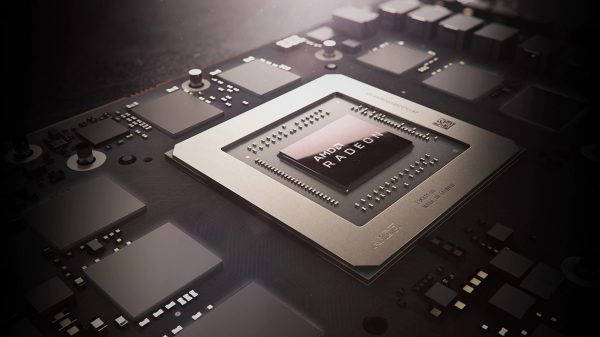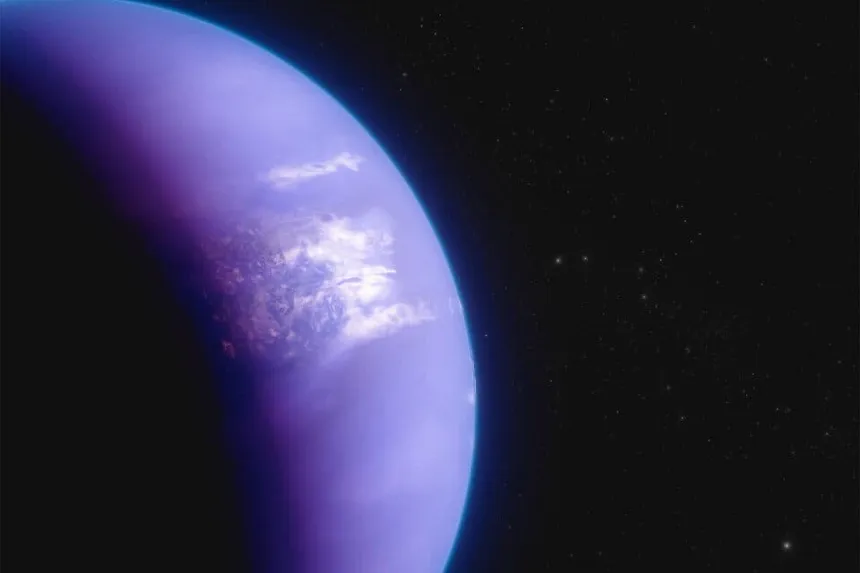The irregular galaxy NGC 6822, located approximately 1.5 million light-years away from Earth, has fascinated astronomers with its unique characteristics. The galaxy’s low metallicity, referring to the abundance of heavy elements such as carbon, nitrogen, and oxygen, sets it apart from other galaxies. Metallicity plays a crucial role in understanding galaxy evolution, as the earliest galaxies were composed primarily of hydrogen and helium, with heavier elements being created over time within stars and distributed through supernovae events.
The James Webb Space Telescope’s stunning images of NGC 6822, captured using the Near-InfraRed Camera (NIRCam) and Mid-InfraRed Instrument (MIRI) instruments, showcase the galaxy’s dusty and irregular structure. The NIRCam instrument is well-suited for observing densely packed fields of stars, while MIRI is ideal for detecting gas-rich regions. The combination of data from both instruments enables astronomers to reveal features that might not be observable with a single instrument, providing a more comprehensive understanding of the galaxy’s structure and composition.
One of the most striking images released by the Webb team reveals the galaxy’s dusty, irregular structure, with yellow swirls indicating regions of actively forming stars. The image combines data from both NIRCam and MIRI, highlighting the unique capabilities of each instrument. The NIRCam image shows thousands of stars visible to Webb, which would be difficult to see in the MIRI image due to the dusty environment. In contrast, the MIRI image highlights regions of dust that are more noticeable in the mid-infrared, with cooler areas appearing blue and warmer dust clouds seen in orange.

James Webb Telescope Reveals Stunning Details of Irregular Galaxy NGC 6822: Insights into Star Formation and Galactic Evolution
A closer examination of the MIRI image reveals a bright orange ring shape near the center bottom, thought to be the remnant of a supernova event. This image also allows astronomers to distinguish between nearby and distant galaxies based on the colors observed. The release of these images is a testament to the versatility and capabilities of the James Webb Space Telescope, designed to study the formation and evolution of galaxies.
The telescope’s advanced instruments enable astronomers to capture detailed images of celestial bodies in unprecedented wavelengths, providing valuable insights into the composition and structure of galaxies. As astronomers continue to study NGC 6822 and other galaxies, they will gain a deeper understanding of the mechanisms that govern galaxy evolution, ultimately shedding light on the mysteries of the universe.
NGC 6822’s unique characteristics and composition offer a fascinating Look into the complexities of the universe, showcasing the galaxy’s distinct features and structure. The James Webb Space Telescope’s images of NGC 6822 serve as a reminder of the wonders that await us as we continue to explore the cosmos, and the valuable insights that can be gained from studying the universe.









































